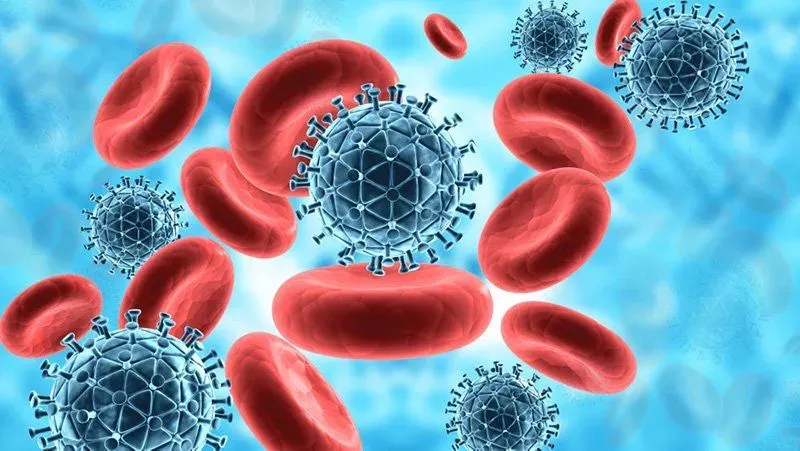The Innate Immune System

The human innate immune system is a complex, multifaceted system that allows the body to fight off microorganisms. This system is the first line of defence and rapid response mechanism. It is composed of inherited elements from parents and directed at molecules expressed only by microorganisms. These elements are evolutionarily ancient and conserved throughout multicellular life.
Dendritic cells
Dendritic cells in innate immunity play an important role in defending against pathogens. Their key functions include antigen presentation, phagocytosis, and the production of cytokines. In addition, they play an important role in the regulation of autophagy, which regulates the cellular response to disease.
Although there are other leukocytes in the body, dendritic cells have the unique ability to present antigens and initiate antigen-specific immune responses. As master regulators of the immune response, DCs act as a crucial link between the innate and adaptive immune systems. They are highly efficient at presenting antigens and inducing specific T cells. Consequently, these cells play a crucial role in developing the innate immune system and cancer.
Phagocytes
The innate immune system has several components that protect the body from infection. These include physical barriers, antimicrobial peptides, free-secreted proteins, and leukocytes. Innate immunity is the first line of defence against microbial pathogens.
PMN granulocytes have a toll-like receptor and play a central role in triggering an immune response. They also express MHC class II molecules and participate in the presentation of antigens. These cells also consume and destroy foreign particles and produce cytokines in granules.
Endoplasmic reticulum
The endoplasmic reticulum (ER) plays a central role in maintaining cell homeostasis. When this cellular structure becomes stressed, a biochemical response called the unfolded protein response (UPR) is triggered, restoring cell homeostasis. This response is closely linked to innate immunity, inflammation, and pathogens. Several pathogens trigger this response, including intracellular parasites. Understanding how the ER responds to various stresses may help researchers develop novel therapeutic approaches to fight infections.
MAVS is a protein that orchestrates the host's innate immune response to RNA virus infection. Despite the importance of MAVS in the host's defence against infections, the mechanisms regulating its signalling remain unclear. One possible mechanism is protein geranylgeranylation, which targets Rac1 to MAMs at the mitochondria-ER junction. This mechanism limits MAVS interaction with Trim31 by inhibiting its ubiquitination and aggregation.
Viruses
Your immune system produces various proteins and molecules in response to various pathogens. This innate immune system is a natural part of your body. Its response shapes your adaptive immune response and is often crucial for limiting infection. Viruses affect the innate immune system in two ways. The first is the production of interferons (IFNs), which are a key part of the antiviral response.
Viruses can evade the innate immune system by modifying the RNAs that carry their genetic material. This allows the viruses to avoid detection by cellular RNA sensors. Another way they do this is by adding a cap structure to their mRNAs.
Virus evasion strategies
Respiratory and RNA viruses utilize various evasion strategies to escape the immune system. These strategies, which take up a large portion of a virus' genetic capacity, include multiple suppressive activities and multifunctional proteins. Understanding the balance between virus evasion strategies and disease outcomes is important.
Innate immune responses, which target bacterial, fungal, and viral infections, are the first line of defence. They work together to target and destroy the virus' virulence. In the respiratory tract, alveolar macrophages, airway epithelial cells, and innate lymphoid cells play a key role. These cells trigger specific molecular intra and intercellular signalling cascades that establish an antiviral state in the respiratory tract. This prevents disease development and also inhibits the development of productive infection. Once this first defence has been achieved, adaptive immunity kicks in to clear the virus from the body completely.



